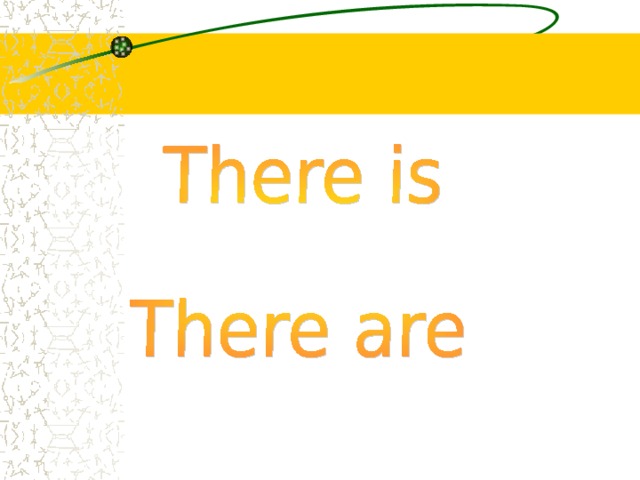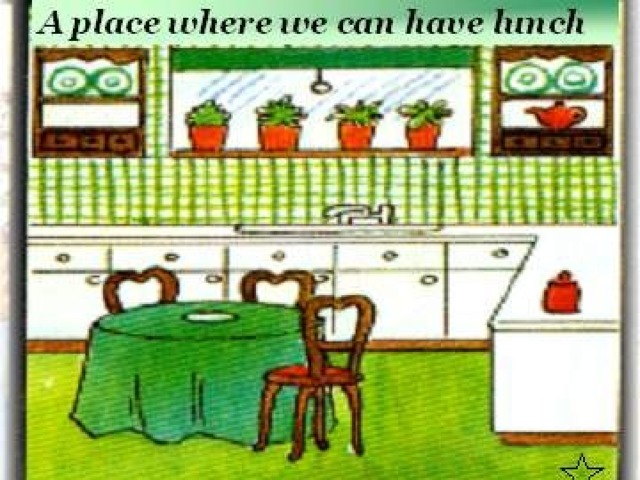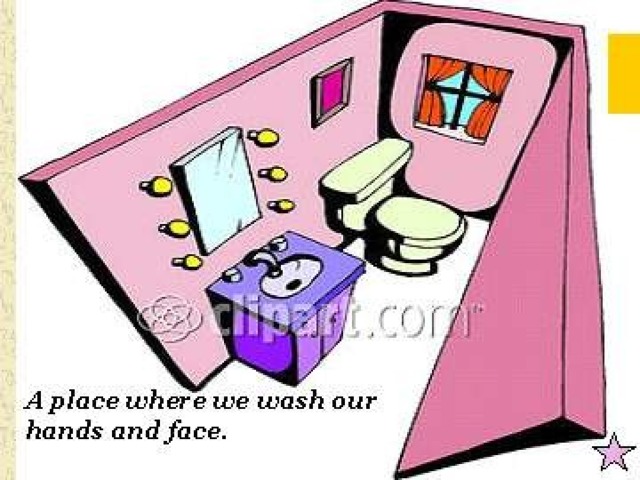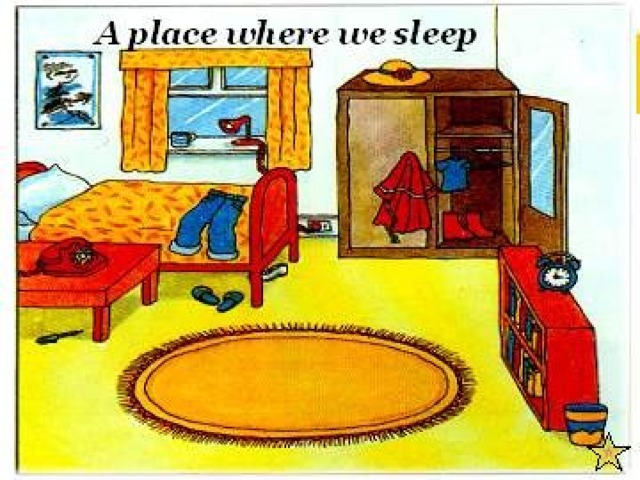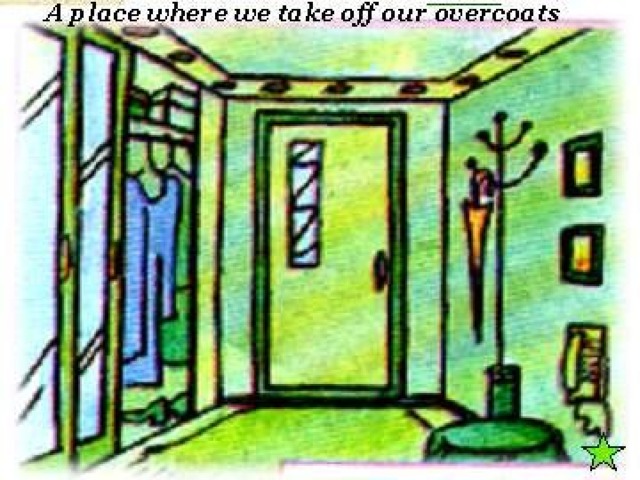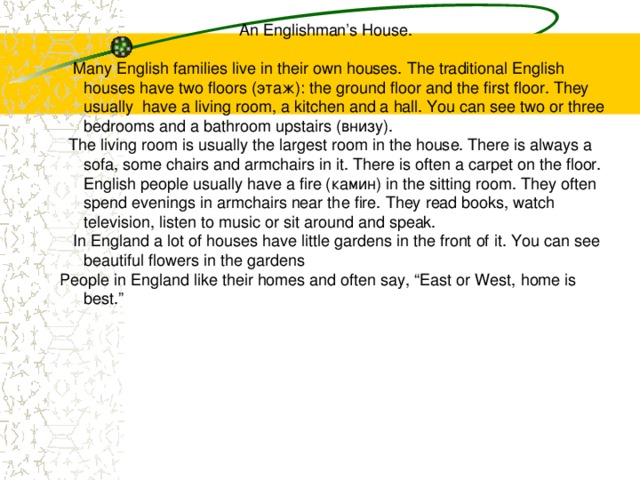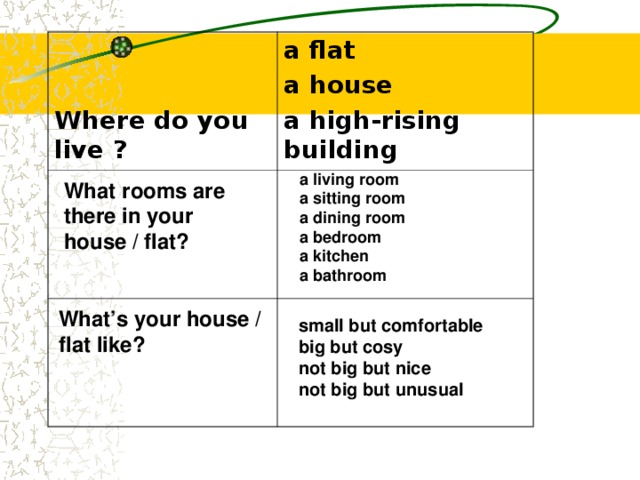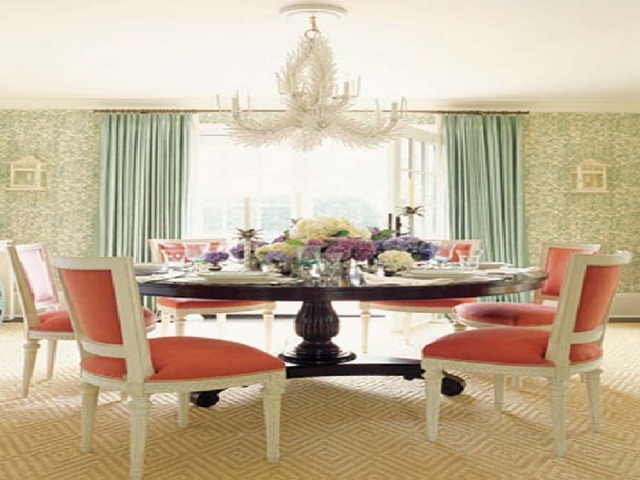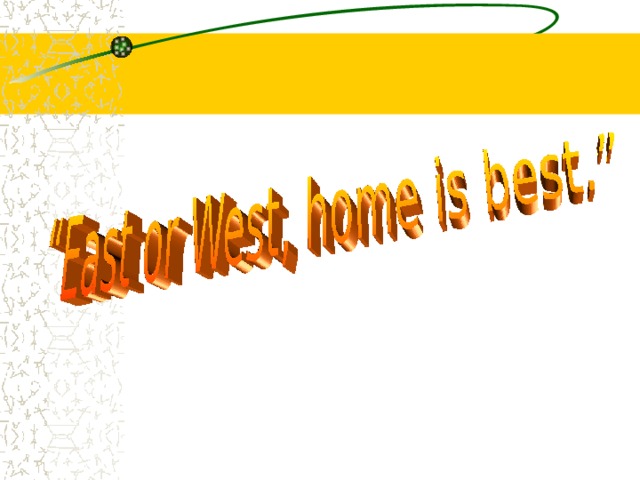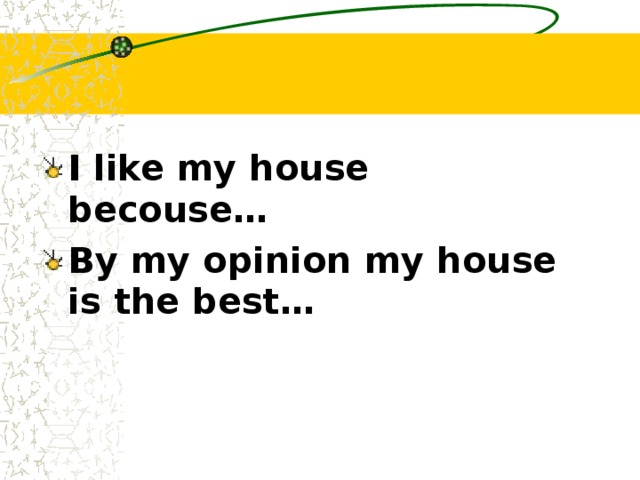Учитель: Алехина Надежда Александровна (МБОУ Медведевская СОШ)
| Тема урока: | «My House» |
| Тип урока: | Урок – обобщение |
| Форма урока: | Мультимедийный урок с элементами игры |
| Цель урока: | В ходе индивидуальной и парной работы актуализировать и развивать знания учащихся по теме, дать понятие о домах в Англии.
|
| Задачи: |
|
| Обучающие:
| Обобщение знаний, умений и навыков по теме “ My House ” и активизация лексики в языковых и речевых ситуациях; Практика речевой деятельности (Dialogical, monological); Обучение чтению по частям с извлечением информации (Jigsaw Reading) Поиск и самостоятельное изучение информации (Webquest) |
| Развивающие:
| Развитие познавательного интереса, развитие способностей к догадке, логическому изложению, способность работать с различными видами упражнений, развитие коммуникативных навыков. Развитие навыков обобщения и систематизации изученного материала (Mind Mapping)
|
| Воспитательные:
| повышать мотивацию к получению дополнительных знаний |
| Оборудование и оснащение урока: | Дидактические материалы для учеников, презентация, компьютер, видеопроектор, картинки с изображением домов разных типов, картина с изображением животного, мелодия «Лунная соната», карточки со словами home house |
| Используемые учебники и учебные пособия:
| УМК Биболетова М.З, Трубанева Н.Н. Enjoy English
|
Основные педагогические методики, применяемые на уроке:
1. Визуализация учебного материала и наглядность
- материал урока подается в форме PowerPoint-презентации, что повышает интерес учащихся;
- традиционные наглядные носители картинки используются для оптимизации учебного процесса, переключения внимания и развития зрительной памяти.
2. Деятельностный подход, интерактивность
- предложение догадаться о теме урока развивает умение делать выводы.
3. Индивидуализация
- предлагаются различные опоры для развития диалогической речи
4. Речевая направленность: развитие монологической и диалогической речи
5. Ситуативность и функциональность: реальные ситуации (учитель – дежурный, подведение итогов), развитие умения запрашивать необходимую информацию (задавать вопросы, отвечать на них), умение выражать личное и общее мнение.
6. Стимулирование самостоятельной познавательной деятельности:
дополнительные задания, список дополнительной литературы и источников.
Здоровье сберегающие технологии: физкультурная пауза, смена видов деятельности
Использованные ресурсы: изображения из Интернета
Метапредметные результаты представлены также другими группами умений:
регулятивными (целеполагание, планирование и контроль учебной деятельности) и познавательными универсальными учебными действиями.
Lesson Plan
1.Beginning of the Lesson. Warming up
Hello dear friends! Nice to see you again! I hope you are all well and ready to enjoy learning English.
2.Preliminaries. Aims.
(слайды 1-5)
-Tell me please what are we going to speak about?
(ответы детей)
(слайд 6)
Teacher: Today we have the final lesson on the topic “My House”.
(слайд 7)We shall remember the words on the grammar construction “there is/are”. During the lesson you'll get a chance to check your knowledge of the topic and gain the experience of speaking, using your vocabulary and jigsaw reading. (цель записываю на доске)
(Слайд 8)
3.Фонетическая зарядка.
The first task is: I’ll show you sounds and you must call a word with this sound, ok? Do you catch me? So let’s start, the 1st team the sound
[S ] (sofa, desk, fireplace);
[D ] (window, bed, door, bedroom);
[э] (lamp, pantry, flat);
[O] (floor, door);
[m] (mirror, armchair, lamp)
[f ] (sofa, flat, floor)
4.Speaking
Т: It is time to remember our grammar material.
Игра со словами по теме. Цель игры: повторение изученной лексики в игровой форме.
Задание: отгадать, какое слово загадал ведущий (P1).
На доске висят картинки с изображением предметов мебели. Учащиеся по очереди задают ведущему вопросы.
P1 P2 P3 P4: Is that a table (a wardrobe, a carpet, a chair)?
Ведущий показывает называемое слово на картинке и отвечает: No, it isn’t. (Yes, it is.) Ученик, отгадавший слово, становится ведущим. Игра продолжается 1,5-2 минуты.
(слайд 9) использование оборота there is/are (работа с доской)
|
There
| ….. |
6 books
|
on the table.
|
|
There
|
….
|
a lamp
|
at the bed.
|
|
What
|
….
|
there
|
in your room?
|
|
There …..
|
a carpet
|
in the living
|
room?
|
|
How many rooms
|
….
|
there
|
in your flat?
|
слайд 10.
-Look at the screen! What is it? (It is a kitchen)
-What does it mean “kitchen”? (It is a place where we can have lunch.)
-What can you see there? (There are two shelves, four flowers, a table, three chairs.)
слайд 11.
-What is it? (It is a bathroom).
-What does it mean “bathroom”? (It is a place where we wash our hands and face).
слайд 11.
-What can you see at this picture? (It is a living room).
-What does it mean “living room”? (It is a place where we can relax after our working day).
-What are there on the picture? (There is an armchair, a sofa, a woman, a child, a TV set, two lamps, a table and a chair in the living room).
слайд 13.
-What room is it? (It is a bedroom).
-What does it mean a bedroom? (There is a place where we sleep).
-What is there are on the picture? (There is a bed, a carpet, a picture, a wardrobe, two bookshelves on the picture).
слайд 14.
-What room is it? (It is a hall).
-What does it mean “hall”? (It is a place where we take off our overcoats).
- What is there in the hall?
5. Relaxation.
Children, you have worked much. Let's have a rest. Shut your eyes. Imagine that you are in the living-room. Listen the music one minute.
(Звучит «Лунная соната»)
Open your eyes and say what pictures you can imagine.
6.READING.
- PRE-READING ACTIVITIES
In English there are two words which mean ДОМ. They are home and house. Explain the difference, please. You may speak Russian. (карточки со словами home house)
Home – это место, где живут люди (квартира, коттедж, дворец), а также его обитатели, домочадцы.
House – это здание, в Англии чаще всего двухэтажное.
Flat - квартира
- while-reading activities
There are different types of houses in England.
Now we are going to read the text about the traditional Englishman’s house.
(слайд 15)
Read the text, please. (текст у каждого ученика)
An Englishman’s House.
In England the streets are often narrow and the houses are small.
Many English families live in their own houses. The traditional English houses have two floors: the ground floor and the first floor. They usually have a living room, a kitchen and a hall downstairs. You can see two or three bedrooms and a bathroom upstairs.
The sitting room is usually the largest room in the house. There is always a sofa, some chairs and armchairs in it. There is often a carpet on the floor. English people usually have a fire in the sitting room. They often spend evenings in armchairs near the fire. They read books, watch television, listen to music or sit around and speak.
In England they like gardens and a lot of houses have little gardens on the front and behind. You can see beautiful flowers in the gardens, often they are roses. Sometimes you can see a garage near the house.
People in England like their homes and often say, “There is no place like home” and “East or West, home is best.”
- post-reading activities
Answer the questions:
Where do many English families live?
How many floors do the traditional English houses have?
What rooms are usually upstairs?
What rooms are usually downstairs?
What is the largest room in the traditional English house?
What do English people usually do in their sitting room?
What do English people think of their homes?
Practice
(слайд 16)
1. Work in pairs. Make up dialogue with your partner
Now let’s speak about your homes. I would like you make up short dialogues.
I am sure you are good actors.
Опорная таблица.
| Where do you live ? | a flat a house a high-rising building |
| What rooms are there in your house / flat? | a living room a sitting room a dining room a bedroom a kitchen a bathroom |
| What’s your house / flat like? | small but comfortable big but cosy not big but nice not big but unusual ordinary but modern |
Drawing
(учитель читает предложения, дети рисуют названные предметы. В результате должен получиться рисунок комнаты.
- There is a round table in the living room
- There are four chairs in it
- There is a round table in the living room
- There are many flowers on the table
- There are two curtains on the window
- There are two pictures on the wall
слайд 17 ( с целью проверки понимания сказанного)
8. EVALUATION.
слайд 18 (чтение и перевод пословицы)
слайд 19
9. Lesson reflection
Our lesson is coming to the end. You did really good job today. I hope all of you have enjoyed the lesson and got a lot of useful information and enlarged your knowledge about English houses. You may be free.
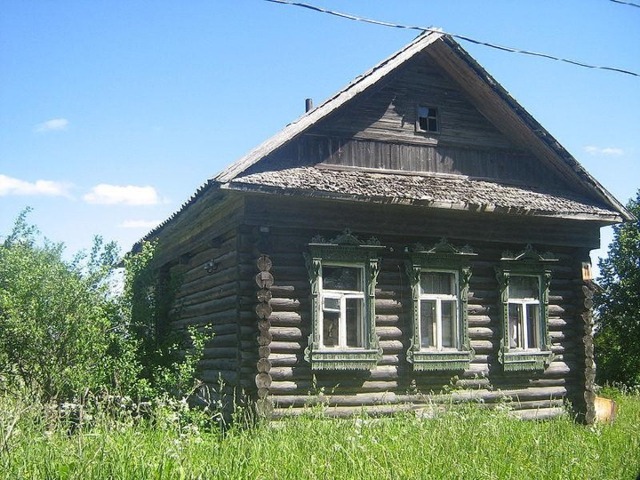
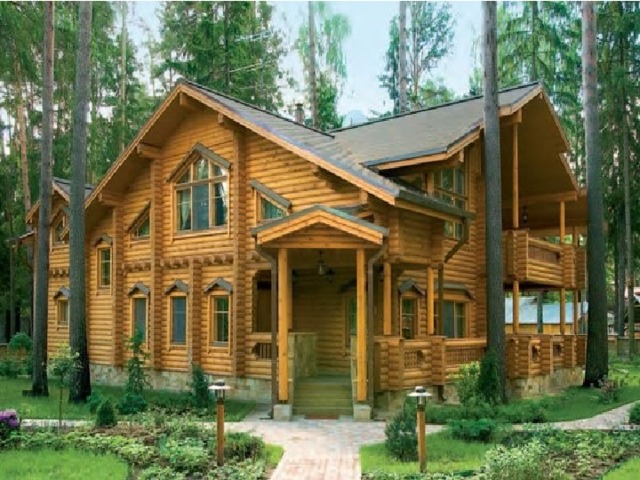
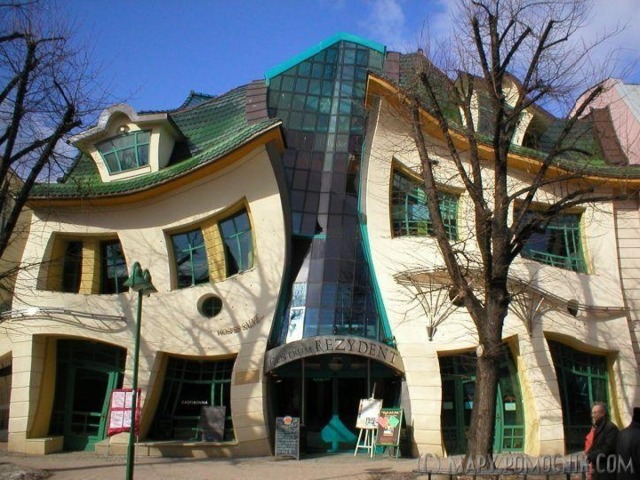
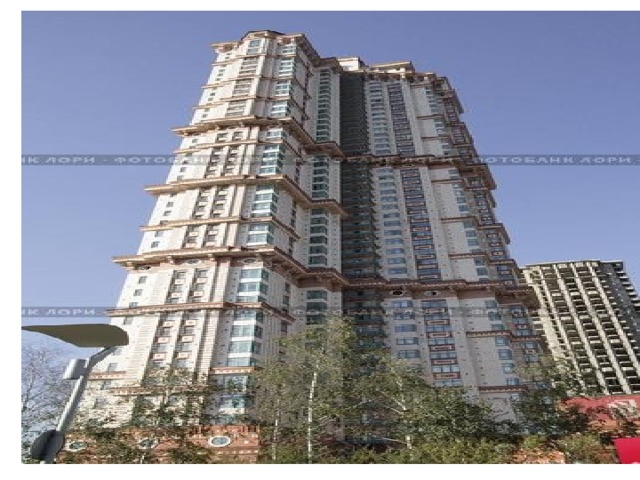
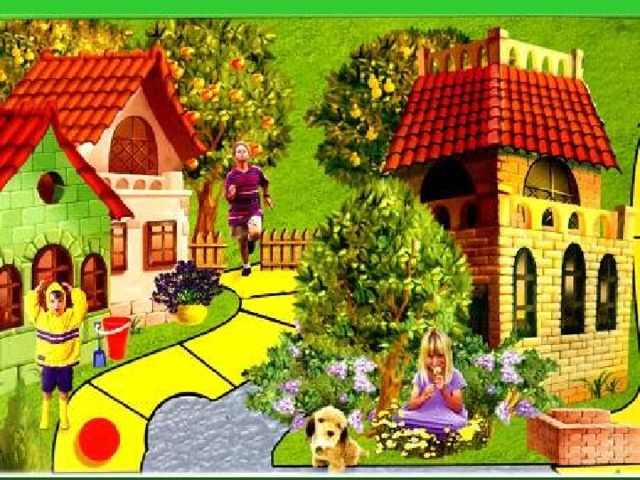
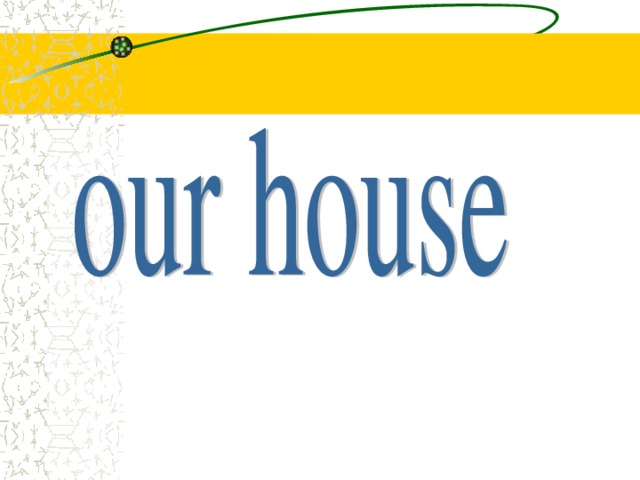
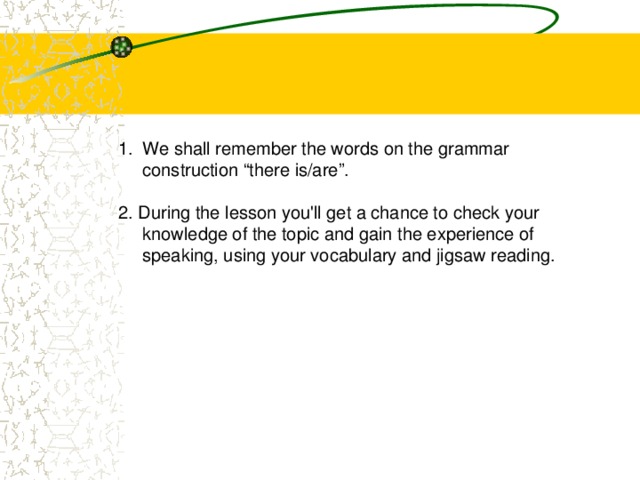
![[S ] (sofa, desk, fireplace); [D ] (window, bed, door, bedroom); [ э ] (lamp, pantry, flat); [O] (floor, door); [m] (mirror, armchair, lamp) [f ] (sofa, flat, floor)](https://fsd.kopilkaurokov.ru/uploads/user_file_54cdeede956ac/img_user_file_54cdeede956ac_2_7.jpg)
